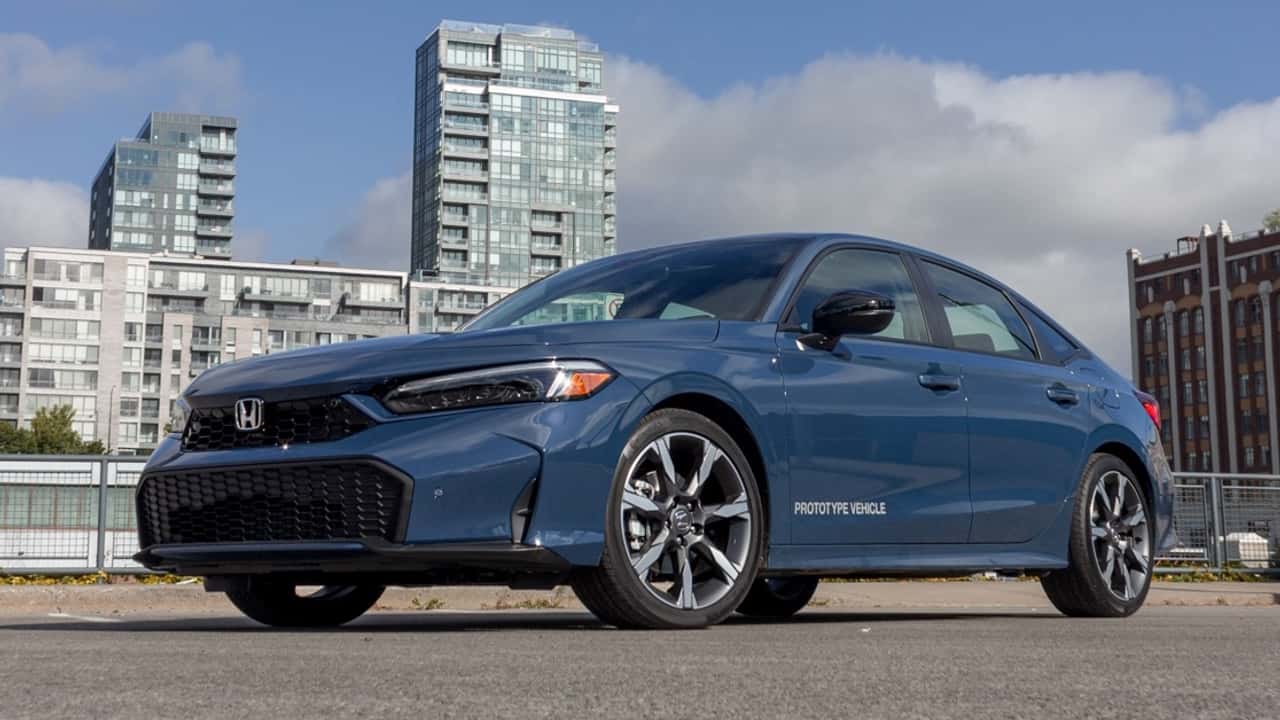When purchasing a car, most buyers focus on factors like performance, style, fuel efficiency, and price. However, one aspect that’s often overlooked—yet incredibly important over the lifetime of ownership—is how easy the car is to maintain and who can perform those services.
While nearly every car eventually needs service or repair, the level of difficulty and accessibility of that maintenance varies widely. Some vehicles are designed with mechanical simplicity, standardized parts, and widespread availability in mind.
These cars are easy to work on, with thousands of trained mechanics already familiar with their systems. In contrast, other vehicles—especially those from luxury or high-performance brands—require specialist knowledge, tools, and certifications to diagnose and repair even the simplest issues.
This divide can be a make-or-break issue for many car owners. If you’re someone who lives in a rural area or doesn’t have easy access to brand-specific service centers, choosing a vehicle that any local mechanic can work on is essential.
These vehicles minimize downtime, reduce repair costs, and avoid the frustrations that come with long waits for parts or appointments at brand-specific dealerships.
You can simply drop your car off at your trusted local garage and know that it will be repaired correctly and efficiently. On the other end of the spectrum, cars that require expert care can offer a more refined, high-performance, or luxurious driving experience, but often at the cost of higher maintenance complexity.
These vehicles might come with advanced technology and cutting-edge features, but the tradeoff is that they can only be serviced by brand-certified technicians using factory-approved diagnostic equipment. This often leads to higher repair bills, longer wait times, and fewer service locations capable of doing the work.
It’s a common complaint among owners of luxury brands who discover that even routine maintenance like oil changes or brake services must be done at specialized centers.
In this comprehensive guide, we explore five cars that practically any mechanic can service with ease and affordability, and five cars that typically require expert-level care due to their complexity.
Whether you’re a first-time buyer or looking to upgrade, this article will help you understand the long-term maintenance implications of your vehicle choice, empowering you to make a more informed decision for your lifestyle and budget.
Also Read: 5 Cars With User-Friendly Tech and 5 That Are Overcomplicated
5 Cars That Work With Any Mechanic
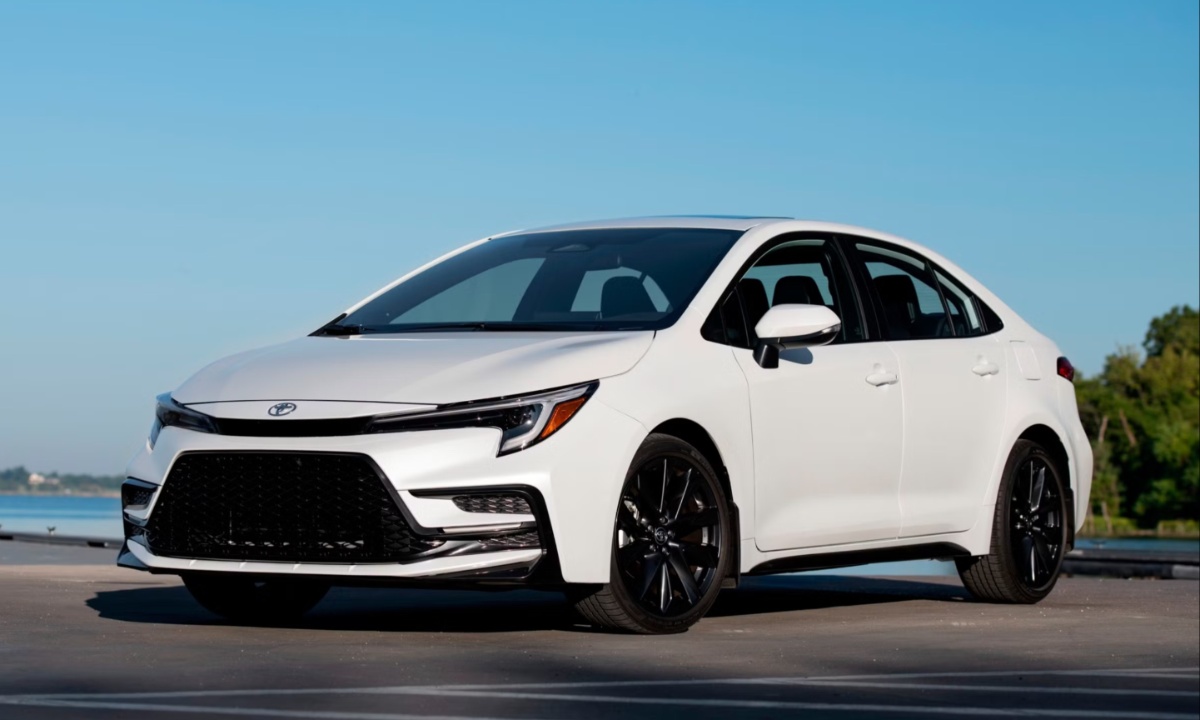
1. Toyota Corolla
The Toyota Corolla is the quintessential example of a car that virtually every mechanic can work on. As one of the best-selling vehicles in automotive history, it’s a familiar sight in shops and garages around the world. What makes the Corolla especially attractive is its reputation for mechanical simplicity, durability, and conservative engineering.
Unlike performance vehicles or luxury sedans that are packed with proprietary technology, the Corolla sticks to tried-and-true mechanical systems that are easy to understand and service.
This means that most repairs, from routine maintenance like oil changes and brake pad replacements to more involved jobs like timing belt replacements or engine repairs, can be performed without brand-specific tools or knowledge.
Mechanics appreciate the Corolla because it’s predictable. The engine bays are designed for accessibility, which reduces labor hours and makes diagnosis easier.
Common components such as spark plugs, filters, belts, and hoses are placed in easily reachable positions, so even do-it-yourself owners often feel comfortable tackling minor repairs at home.
Furthermore, Toyota has a long-standing commitment to building vehicles with high-quality components that last. This means that the Corolla not only needs fewer repairs over time, but those repairs are generally straightforward and inexpensive.
Another major advantage of the Corolla is the availability and affordability of parts. Whether you prefer OEM parts from a dealership or cost-effective aftermarket options, there’s a vast supply chain for Corolla components.
You can walk into nearly any auto parts store and find what you need, often at a fraction of the cost compared to luxury or less common vehicles.
The abundance of online repair guides and community forums also makes this car a favorite among DIYers and novice mechanics alike. If you’re looking for a car that will rarely leave you stranded and can be repaired quickly by almost anyone, the Toyota Corolla is hard to beat.
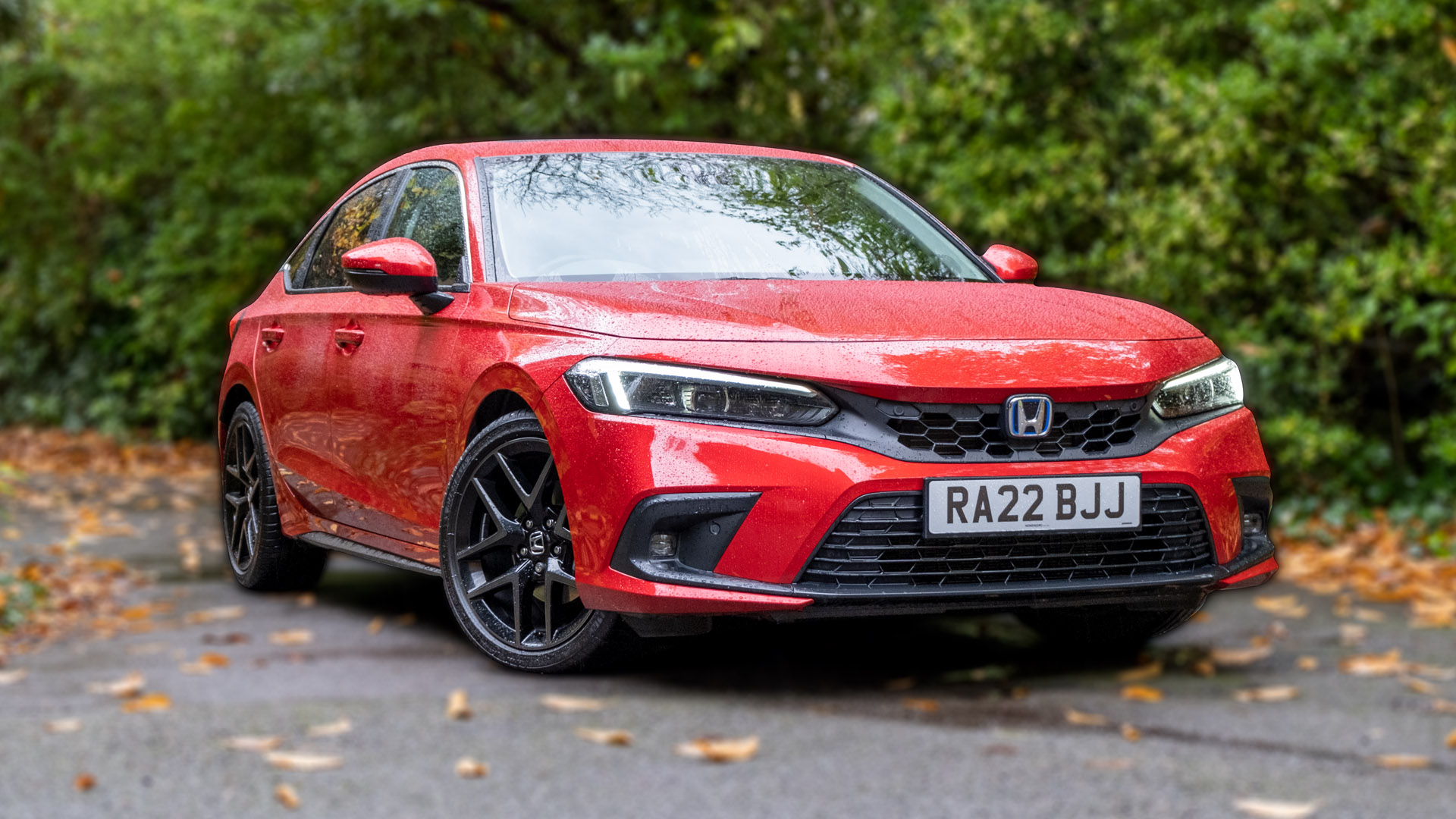
2. Honda Civic
The Honda Civic shares many of the same strengths as the Toyota Corolla, and for good reason. It has been a staple in the compact car market for decades and has earned its reputation for reliability, fuel efficiency, and mechanical simplicity.
Independent mechanics across the globe are intimately familiar with its layout, parts, and common maintenance needs. The Civic is a car that has evolved over the years without abandoning its fundamental design principles, making it one of the most universally serviceable vehicles available today.
From the early carbureted versions to the modern fuel-injected models, Civics have consistently been built in a way that promotes long-term durability and ease of access.
Mechanically, the Civic benefits from a clean engine layout, with essential service components like the oil filter, air filter, battery, and spark plugs all easily accessible.
This design makes routine maintenance faster and cheaper. The suspension and brake systems are equally straightforward, with affordable replacement parts and minimal disassembly required.
Even higher-mileage Civics tend to hold up remarkably well, requiring only basic upkeep to stay on the road. For owners looking to avoid dealership service departments, the Civic is a reliable option that doesn’t punish you for seeking affordable repairs from local mechanics.
The parts market for the Honda Civic is enormous. There’s a rich supply of both OEM and aftermarket parts, including performance upgrades for those who enjoy modifying their vehicles. Additionally, because the Civic is so common, used parts are plentiful and inexpensive at salvage yards.
Resources like Haynes manuals, YouTube tutorials, and online forums provide step-by-step guidance for nearly any repair, allowing owners and independent garages to tackle issues with confidence. Whether you’re an experienced mechanic or a first-time car owner, the Civic offers a worry-free ownership experience with minimal barriers to maintenance.
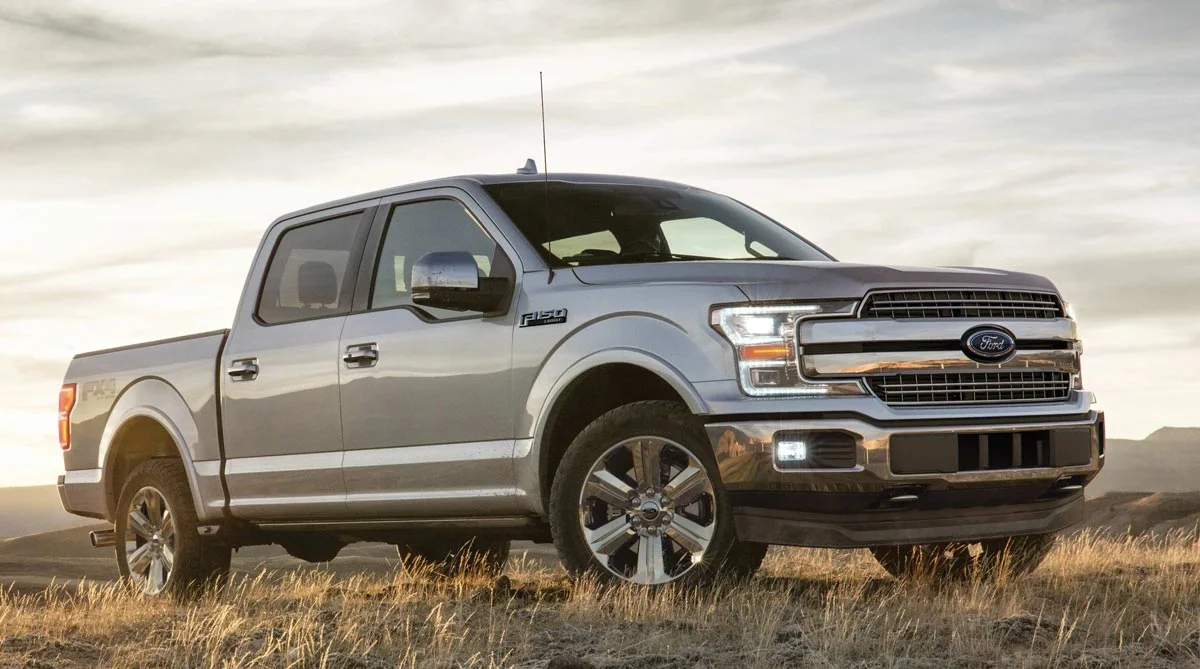
3. Ford F-150
The Ford F-150 is not just the most popular truck in America—it’s one of the most commonly serviced vehicles across all categories. Built with the working person in mind, the F-150 is designed for durability, reliability, and easy maintenance.
Whether you own an older model with a V8 engine or a newer version with an EcoBoost turbocharged setup, the F-150’s components are familiar territory for most mechanics.
Its popularity ensures that every garage, big or small, has likely seen hundreds of these trucks come through their doors. This widespread familiarity dramatically reduces labor costs and the time it takes to complete repairs.
Ford has done a commendable job ensuring that the F-150’s systems remain accessible. The engine bay is generally spacious, making it easier for mechanics to reach essential components. Basic services like oil changes, brake replacements, and suspension work are all manageable without proprietary tools.
Even more complex jobs, such as drivetrain repairs or transmission overhauls, are well within the skill set of most independent mechanics, thanks to Ford’s transparent service guidelines and diagnostic resources.
Ford also provides open access to their Motorcraft service manuals and diagnostic codes, making it easier for independent repair shops to diagnose and fix problems correctly the first time.
Another important factor is the availability of replacement parts. The aftermarket industry for the F-150 is massive, and parts are stocked at nearly every auto parts retailer. Whether you’re looking for budget-friendly solutions or premium upgrades, there’s no shortage of options.
Additionally, many components are interchangeable across different years and trims, which can further reduce costs. All of this makes the Ford F-150 one of the most user-friendly and mechanic-approved vehicles you can own. For drivers who want reliability without complexity, the F-150 is a dependable choice that virtually any shop can handle with ease.
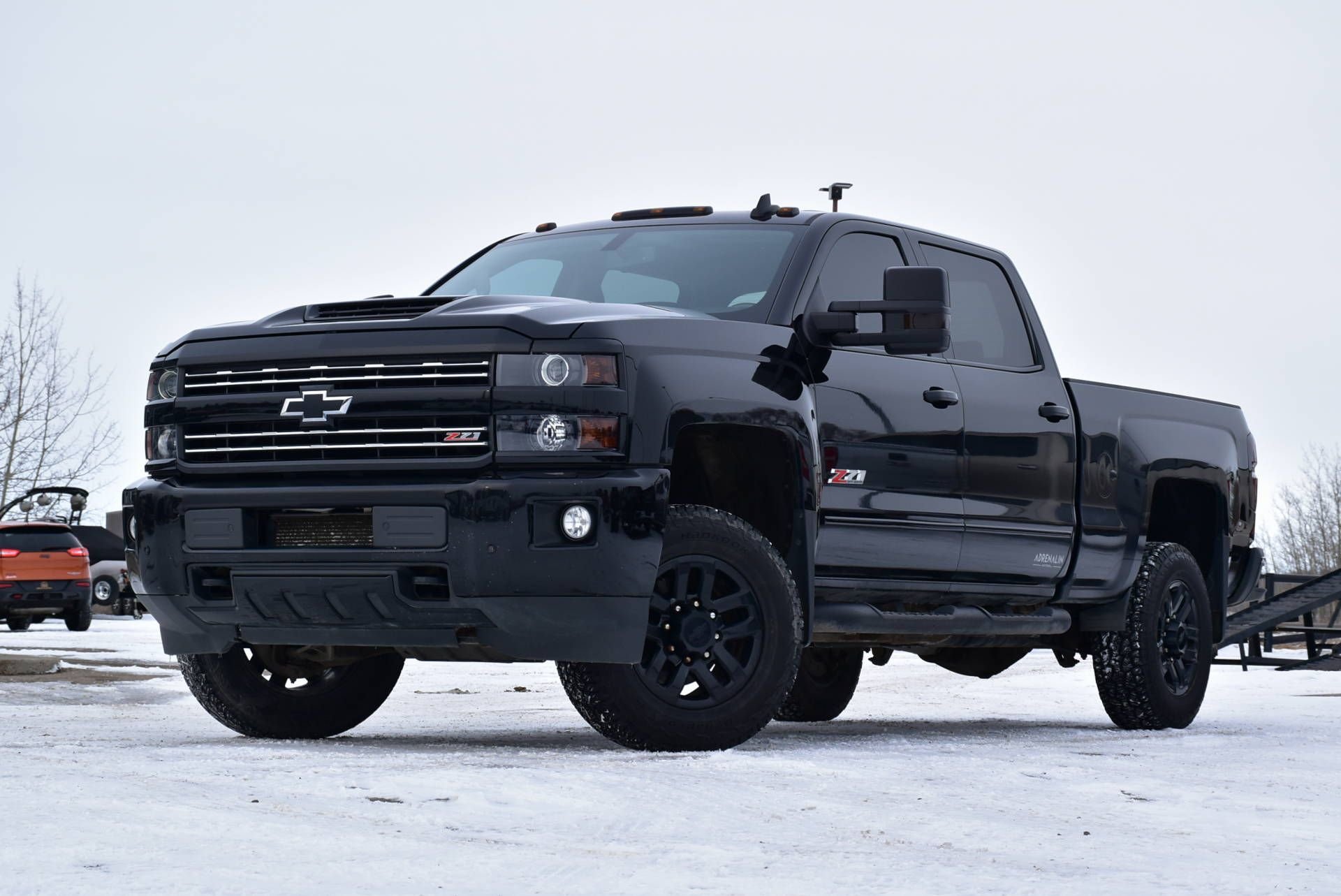
4. Chevrolet Silverado
The Chevrolet Silverado is another truck that mirrors the Ford F-150 in its popularity, workhorse appeal, and mechanical approachability. With millions on the road and a long history dating back decades, the Silverado has established itself as a favorite among mechanics for its consistency and accessibility.
Whether it’s the reliable small-block V8s or the straightforward 4×4 systems, mechanics across North America are intimately familiar with the Silverado’s construction.
Its components are generally not overly engineered, which means that most problems can be resolved with basic tools and standard automotive knowledge—qualities that make it especially practical for rural drivers or those far from major dealerships.
One standout feature of the Silverado is its modularity. Over the years, GM has maintained a level of interchangeability across various Silverado generations. This includes drivetrain components, suspension parts, and even interior electronics in some cases.
For the average repair shop, this means fewer surprises during repairs and a lower learning curve when working on different models or trims. Silverado owners benefit from a huge network of parts suppliers, from OEM sources to budget-friendly aftermarket brands, all of which stock parts due to the vehicle’s ubiquity. Labor costs are also kept in check due to the straightforward layout of the engine bay and undercarriage.
From an ownership standpoint, the Silverado is a vehicle that encourages self-sufficiency and local garage relationships. Many Silverado owners enjoy the ability to perform basic maintenance themselves, such as changing spark plugs, replacing air filters, or swapping out shocks—all of which can be done without high-level technical expertise.
For larger jobs like transmission replacements or axle repairs, even modestly equipped independent shops can handle the work. For buyers who need a durable, high-utility vehicle that won’t require trips to specialized service centers, the Silverado is as dependable in the shop as it is on the road.
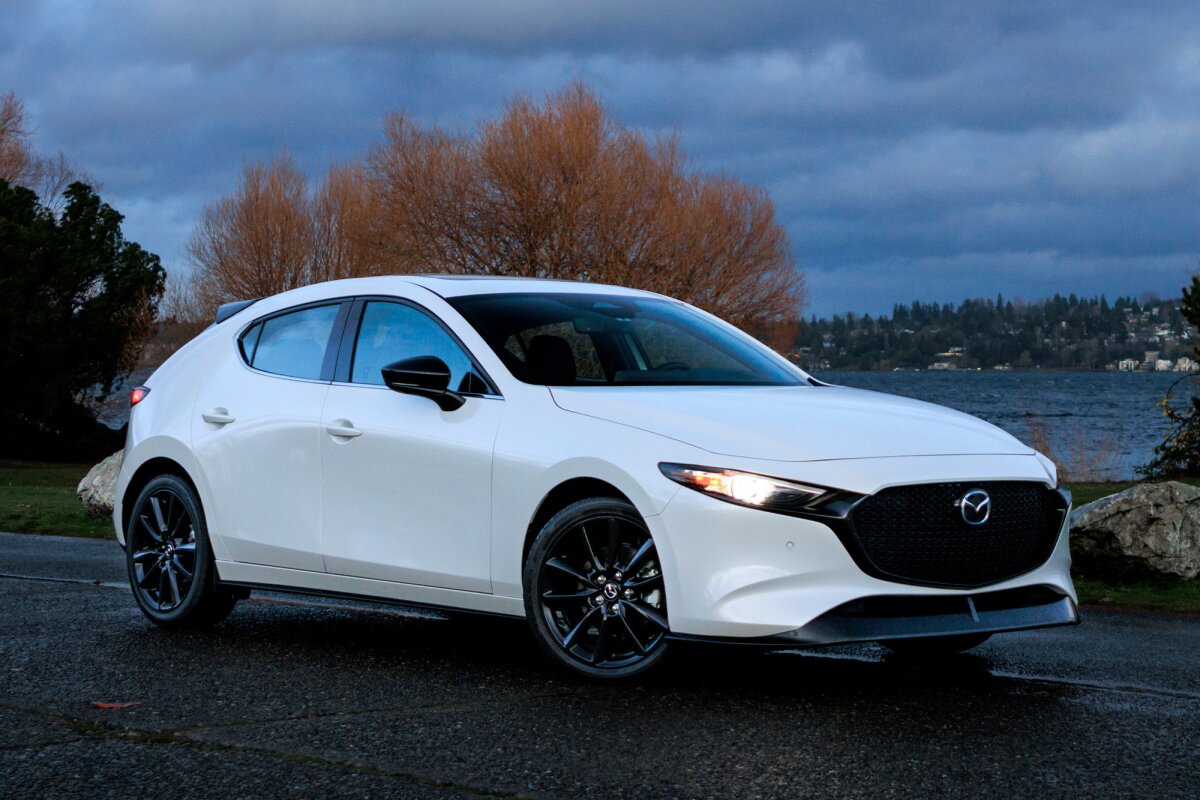
5. Mazda3
The Mazda3 strikes an ideal balance between engaging driving dynamics and mechanical simplicity, making it one of the few compact cars that’s both fun to drive and easy to maintain. Mazda has developed a reputation for building cars with thoughtful engineering that caters to longevity and accessibility.
The naturally aspirated SkyActiv engines found in most Mazda3 models are efficient, relatively simple in design, and don’t require overly complex diagnostic tools or proprietary software to service.
As a result, most repair shops—especially those that already handle Japanese brands—are more than comfortable working on the Mazda3 without needing brand-specific expertise.
One key advantage of the Mazda3 is that its components are laid out in a mechanic-friendly manner. Common service areas like the battery, air filter, ignition coils, and fluid reservoirs are easy to access, even for novice technicians. Suspension and brake systems follow standard designs, with nothing exotic or overly engineered to complicate repairs.
Additionally, Mazda has done well in making parts both accessible and reasonably priced. Even in regions with fewer Mazda dealerships, parts are easy to source online or from third-party suppliers. This keeps maintenance costs affordable and wait times short, which is critical for owners who rely on their vehicle daily.
Mazda also supports a strong DIY and enthusiast community, with countless resources, guides, and tutorials available online. Owners of older Mazda3s often report that the vehicle remains reliable well into the six-figure mileage range with only routine care.
For newer models, Mazda has remained committed to user-friendly systems while integrating modern safety and infotainment features that don’t overwhelm the mechanical aspects of the vehicle.
In a market saturated with increasingly complex compact cars, the Mazda3 stands out as one that offers driving excitement without sacrificing serviceability, making it an ideal candidate for people who want quality and reliability without dealership dependency.
5 Cars That Need Experts

1. BMW 7 Series
The BMW 7 Series is a flagship luxury sedan that showcases some of the most advanced technology and engineering BMW has to offer. While this creates a supremely refined and comfortable driving experience, it also makes the vehicle highly dependent on expert care.
The 7 Series is not a car that just any mechanic can service effectively—its systems are deeply integrated and often require BMW-specific diagnostic equipment like ISTA (Integrated Service Technical Application) just to perform routine diagnostics. Something as basic as replacing the battery involves registering the new part with the vehicle’s computer system to ensure optimal function—something most general mechanics aren’t equipped to handle.
Much of the complexity comes from the multitude of subsystems packed into the vehicle. These include air suspension systems, adaptive cruise control, multiple ECUs (electronic control units), and high-end infotainment platforms—all of which are designed to work seamlessly together but are also highly sensitive to faults.
A malfunction in one system can cascade into issues in others, making accurate diagnosis extremely difficult without the proprietary software and training that BMW-certified technicians receive. Mechanics who are unfamiliar with these systems risk causing further complications or missing key issues, leading to costly missteps.
Another issue that pushes the 7 Series into the “expert only” category is the cost and scarcity of parts. BMW uses high-end components that are often not stocked at typical parts stores and may require international shipping or dealer-only sourcing. Labor times are extensive due to the intricate layout and tight packaging under the hood and inside the vehicle’s cabin.
Tasks that might take an hour on a simpler car can take three times as long on the 7 Series. For owners who value the luxury and performance of this vehicle, it’s important to accept that only a certified BMW service center or a well-trained European auto specialist will be equipped to handle most repairs and maintenance correctly.
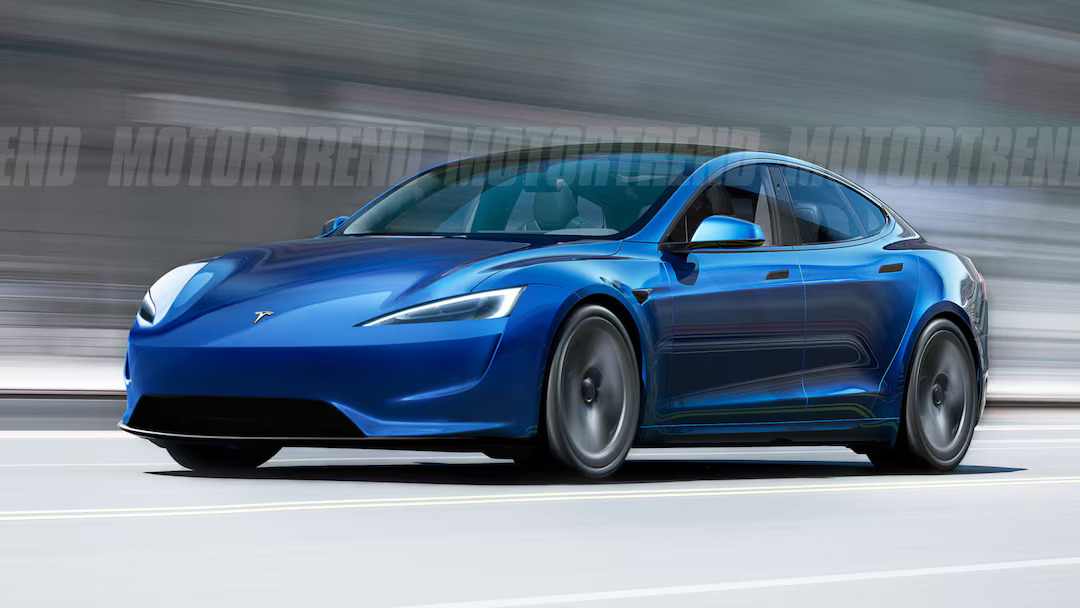
2. Tesla Model S
The Tesla Model S revolutionized the electric vehicle market with its blend of performance, innovation, and futuristic appeal, but it also brought with it a unique set of maintenance challenges that most independent mechanics are not prepared to handle.
Unlike traditional internal combustion vehicles, the Model S relies heavily on proprietary systems, encrypted software, and a central touchscreen interface to control almost every function of the car. From adjusting the suspension height to unlocking service menus, everything is done through Tesla’s closed software environment.
Independent garages do not have easy access to Tesla’s repair tools or diagnostic software like “Tesla Toolbox,” making even basic tasks difficult or impossible outside Tesla’s own service ecosystem.
Battery systems and high-voltage electronics further complicate serviceability. Repairs involving the powertrain, cooling system, or regenerative braking require a deep understanding of electric architecture, along with specialized safety equipment that most general mechanics don’t have.
Tesla’s battery packs are sealed and designed to be replaced, not repaired. Even component-level repairs often necessitate entire unit replacements. Moreover, Tesla does not encourage traditional vehicle servicing.
Instead, it relies on a system of over-the-air software updates and mobile service units, reducing the need for and access to third-party repairs.
Owners who have tried to go outside the official Tesla service network often report long delays in sourcing parts and little to no cooperation from the company in supporting independent repair efforts. While some aftermarket EV specialists are emerging, they’re still few and far between.
For now, the Model S remains a vehicle that essentially requires expert, brand-specific service. Unless you live near a Tesla service center or are prepared to transport the car long distances for expert care, maintenance, and repairs can be both inconvenient and costly, regardless of the car’s otherwise low mechanical failure rate.
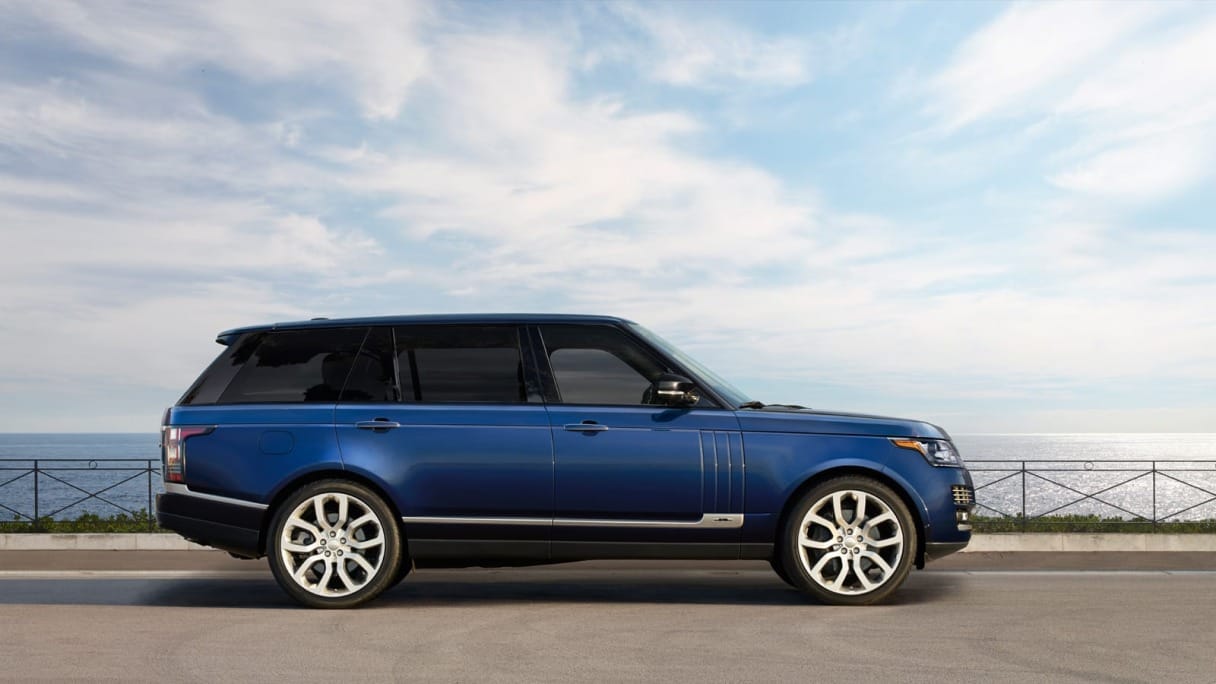
3. Land Rover Range Rover
Land Rovers, especially the Range Rover line, offer a unique mix of rugged off-road capability and luxury. However, this dual identity is also the source of its mechanical complexity—and its reputation for unreliability. Range Rovers are notoriously difficult to maintain outside of certified service centers.
A major contributing factor is the integration of numerous high-tech systems, such as electronically adjustable air suspension, terrain response systems, adaptive cruise control, and touchscreen-based control hubs. These systems require specialized knowledge, diagnostic tools, and often software updates that only Land Rover-approved service technicians can provide.
One of the most notorious issues with Range Rovers is their air suspension system. While it delivers an exceptionally smooth ride and variable ride height for off-roading, it is prone to leaks and compressor failures. Fixing it is no small task and generally requires not only brand-specific parts but also the correct calibration tools.
The electronic modules that control these systems are tightly networked, meaning a failure in the suspension system can sometimes trigger fault codes or performance issues in unrelated systems. Independent garages that lack the correct diagnostic equipment may struggle to even identify the true cause of the issue, let alone fix it.
The availability and cost of parts is another hurdle. Many Range Rover components are imported or dealer-exclusive, leading to long wait times and high expenses. Some service centers may even refuse to work on newer Range Rovers because of the risks associated with misdiagnosing complex electronic issues.
For this reason, Range Rover ownership comes with a commitment: unless you live near a specialized Land Rover service center and are prepared for premium maintenance pricing, this may not be the most practical vehicle in the long term.
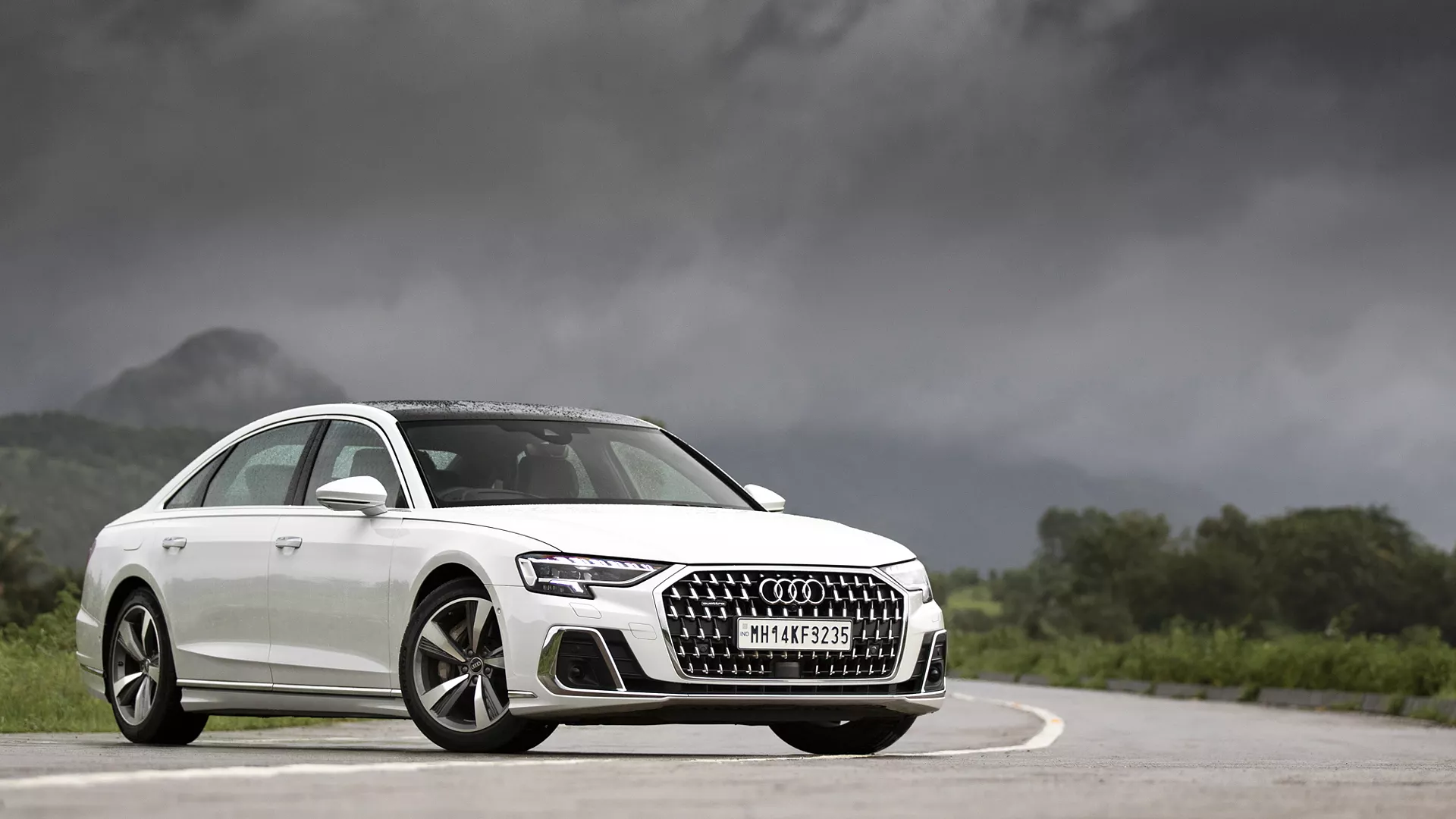
4. Audi A8
The Audi A8 is a showcase of German engineering and luxury technology, a car that blends high-performance driving with executive-class comfort. However, this sophistication comes at a steep cost when it comes to service and maintenance.
Like the BMW 7 Series, the Audi A8 is heavily dependent on interconnected electronic systems that control everything from ride height to climate and navigation.
Each of these systems is governed by separate electronic control units (ECUs), and when one fails, it often affects others. Diagnosing problems accurately requires Audi’s proprietary diagnostic software, known as ODIS (Offboard Diagnostic Information System), which is not available to the average repair shop.
Even routine maintenance on the A8 can be complicated. For instance, oil changes may require specialized procedures to reset service indicators, and battery replacements must be registered with the vehicle’s onboard system to avoid electrical issues.
The car’s tight engine compartment—especially in models equipped with V8 or W12 engines—means that accessing basic components often involves removing multiple layers of covers and parts.
This drastically increases labor costs, and inexperienced hands may inadvertently damage sensors or misconfigure sensitive systems. Mechanics unfamiliar with Audi-specific quirks risk misdiagnosis or incomplete repairs.
Further complicating matters is the cost and availability of parts. While Audi is part of the Volkswagen Group, and some parts are shared across platforms, the A8’s unique features often require specialty components that are neither common nor inexpensive.
Add to that the use of materials like aluminum for body panels, which require specialized repair methods, and you have a car that’s clearly intended to be serviced by a dealership or a dedicated European car specialist.
For owners who appreciate the refinement and status of the A8, it’s crucial to understand that proper upkeep will involve more than a local mechanic and a standard toolkit—it will require an expert touch and a luxury-sized maintenance budget.

5. Porsche 911 (Modern Models)
The modern Porsche 911, while beloved for its performance and iconic design, is a highly specialized vehicle that demands expert-level care. The 911’s rear-engine layout, which contributes to its distinctive handling and traction, also makes engine access more complicated than in front-engine cars.
Routine jobs like spark plug replacements or exhaust system repairs require significantly more labor time and often specialized tools.
Modern 911s, particularly those equipped with turbochargers or dual-clutch PDK transmissions, integrate a wide range of advanced systems that are difficult—if not impossible—to diagnose and repair without Porsche-specific equipment like the PIWIS diagnostic tool.
What’s more, Porsche is known for tightly controlling access to its repair data and diagnostic platforms. Independent shops that wish to work on these vehicles must invest heavily in software licenses, training, and high-end tools. Even then, only a handful of non-dealer mechanics have the experience necessary to properly repair or tune a 911 without risking costly errors.
Tasks that seem simple on paper, like resetting brake wear sensors or recalibrating stability control systems, can involve multiple layers of computer interaction. This isn’t the kind of car where a general mechanic can “figure things out”—precision and brand knowledge are non-negotiable.
Additionally, the cost of Porsche parts and the complexity of the vehicle’s systems make DIY maintenance highly impractical. The 911’s performance components are expensive, and improper installation or low-quality parts can severely affect the car’s handling and reliability.
Even brake fluid flushes or wheel alignments on a modern 911 often require specialized knowledge and equipment due to the performance tolerances involved.
While the Porsche 911 is engineered to extremely high standards and can be a joy to own, it’s not a car for someone who wants low-maintenance ownership or the ability to take it to just any mechanic. For those who do choose it, an ongoing relationship with a certified Porsche technician is essential.
Also Read: 5 Cars That Are Better With Age and 5 That Only Decline
When choosing a car, it’s essential to look beyond the showroom and consider the long-term realities of ownership, especially the kind of maintenance your vehicle will require and who is qualified to perform it.
While every car will eventually need repairs, the complexity of those repairs and the availability of skilled labor can dramatically influence the cost of ownership and your peace of mind.
Vehicles like the Toyota Corolla, Honda Civic, Ford F-150, Chevrolet Silverado, and Mazda3 offer a level of simplicity, part availability, and mechanic familiarity that makes them ideal for almost any driver.
You don’t need to be near a dealership or pay luxury service rates; your local shop likely knows these vehicles inside and out, which means lower repair costs, shorter downtimes, and fewer headaches.
On the other hand, luxury and high-tech vehicles such as the BMW 7 Series, Tesla Model S, Range Rover, Audi A8, and Porsche 911 offer premium features, performance, and status—but they also come with significantly more complex service needs.
These cars often require manufacturer-specific tools, proprietary software, and highly trained technicians who understand the intricacies of their advanced systems.
If something goes wrong, you may find yourself limited to dealership-only service or the rare independent shop with brand-specific expertise. This translates into higher labor costs, expensive parts, and potentially longer wait times for repairs.
The decision comes down to your priorities and lifestyle. If you value convenience, affordability, and universal serviceability, you’ll be much better served by one of the five cars that any mechanic can work on.
If, however, you seek luxury, cutting-edge technology, or high-performance engineering—and are willing to pay a premium for expert maintenance—the vehicles that require specialized care may be worth the extra investment.
Either way, being informed about what your car will need down the road is just as important as knowing what it can do on the road. A little foresight now can save a lot of stress later.

